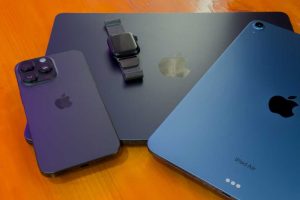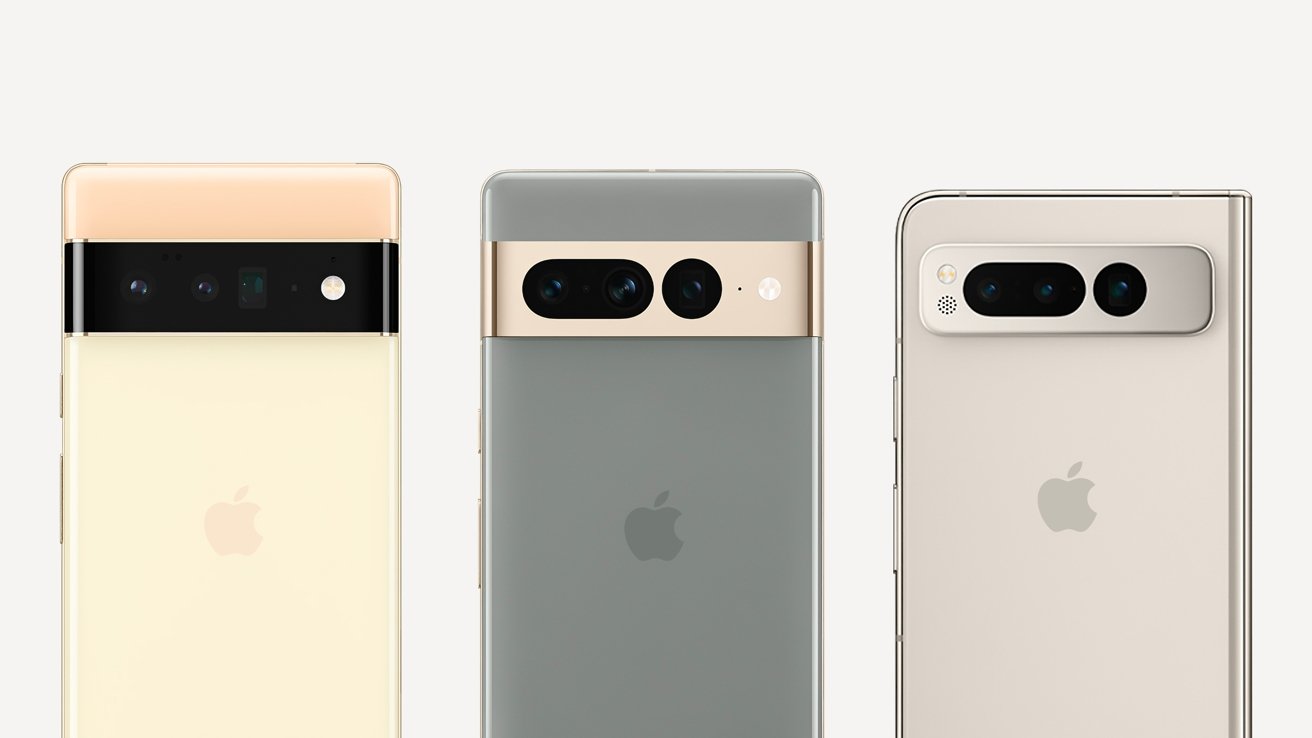
Reliable sources are finally talking about an iPhone 17 camera bar, so let’s break down why Apple might want to make this radical design change.
The camera bar rumor began with a Weibo account named “Digital Chat Station” and an X account named Jukanlosreve sharing in December 2024. Then Majin Bu shared likely fake sketches and some odd supply chain images referencing a camera bar, which was then repeated by Jon Prosser with claims of accuracy.
This gaggle of rare leakers and people with poor (recent) track records didn’t give us at AppleInsider much faith in the camera bar rumor. It wasn’t until more reliable Sonny Dickson shared case renders that featured the new camera bar that things felt real.
We’ve still not heard from highly accurate sources like Ming-Chi Kuo or Mark Gurman on the camera bar. It’s still early, and everything shown so far could easily be scrapped prototypes.
So, while Apple likely has devices that look like this internally, there’s no way of knowing if they’ll make it to production and release.
For now, let’s examine why Apple might embrace a camera bar in the iPhone 17 lineup. Because if Apple is going to add a camera bar, it’ll be with good reason.
Space management
Apple can’t help but release a thinner smartphone. While recent models have bucked the trend, it seems Apple is still obsessed with making iPhones thinner and thinner.
Rumors point to an iPhone 17 Slim (or Air) that would be incredibly thin, nearing 5.5mm. The iPhone 16 is 7.8mm, and the thinnest model ever was the 6.9mm-thick iPhone 6.
Kuo noted that the thinnest point in the iPhone 17 Slim would meet that 5.5mm measurement. Apple doesn’t sell tapered iPhones and generally doesn’t treat the camera bump as a part of the case thickness, so this could be a slight allusion to the camera bar.
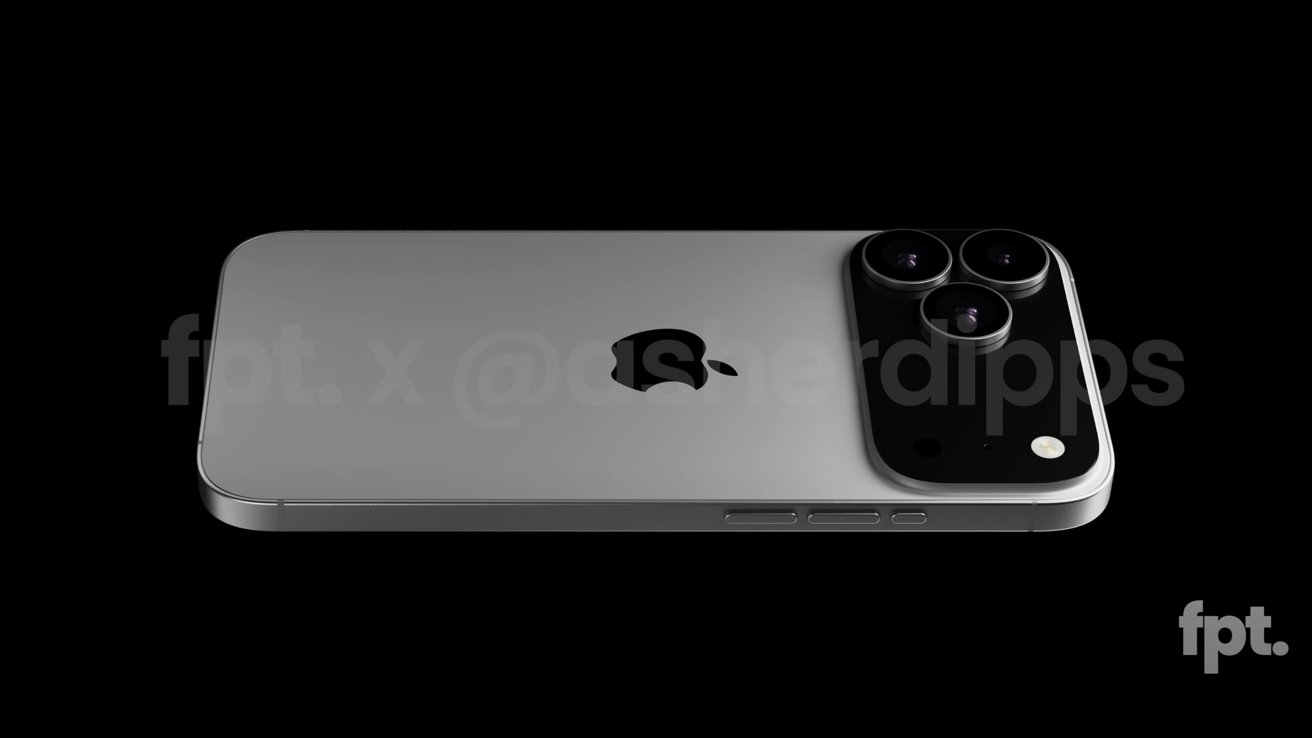 Rumored iPhone 17 Pro Max camera bar design. Image source: FPT
Rumored iPhone 17 Pro Max camera bar design. Image source: FPT
The existence of a camera bar goes hand-in-hand with the super-thin iPhone rumor. Cameras need space for all the necessary parts, and thin devices don’t have that space.
Apple likely saw its slim iPhone as a good target for a potential iPhone Plus replacement, then worked backwards from there. It had to rethink the entire camera system and could have arrived at a camera bar.
The purpose of a camera bar in modern smartphones is to pack all of the needed camera equipment into a thicker portion of the phone while leaving space for everything else. If Apple spent the time and money engineering camera bar technology for iPhone, it likely wanted it in all the models.
So, even though the iPhone Pro at 8.3mm thick likely has space for the current components, a camera bar would allow for even more advanced components. Imagine more space for better tetraprism components, larger sensor sizes, or the rumored 48MP Ultra Wide Camera.
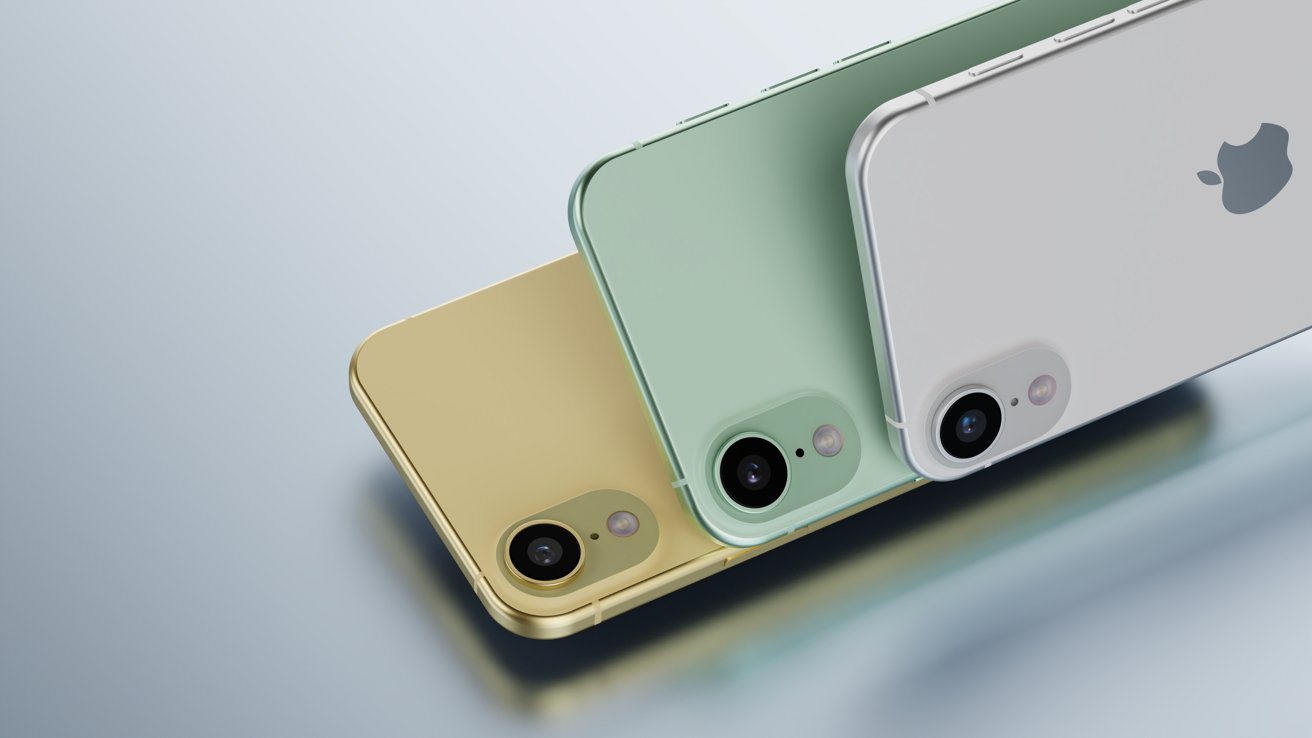 Even the rumored iPhone 17 Slim camera bump helps add space
Even the rumored iPhone 17 Slim camera bump helps add space
The triangle formation of the iPhone 17 Pro camera system would remain so Apple wouldn’t have to change how its computational photography works. However, components could spread out widthwise rather than downward so there’s more space for battery and other components.
At least, all of this would explain why the iPhone 17 lineup would get the space-saving camera bar. It’s about saving space in the iPhone 17 Slim and fitting more camera features in the already-packed iPhone 17 Pro.
There’s absolutely zero chance Apple would implement a camera bar just for aesthetic reasons. That said, design changes are attractive to customers.
Consumers like different
Apple’s iPhone has looked very similar since the iPhone 12 and its flat sides. The rear portion excluding the sides has been the same since the iPhone 11 besides some alterations to camera positions.
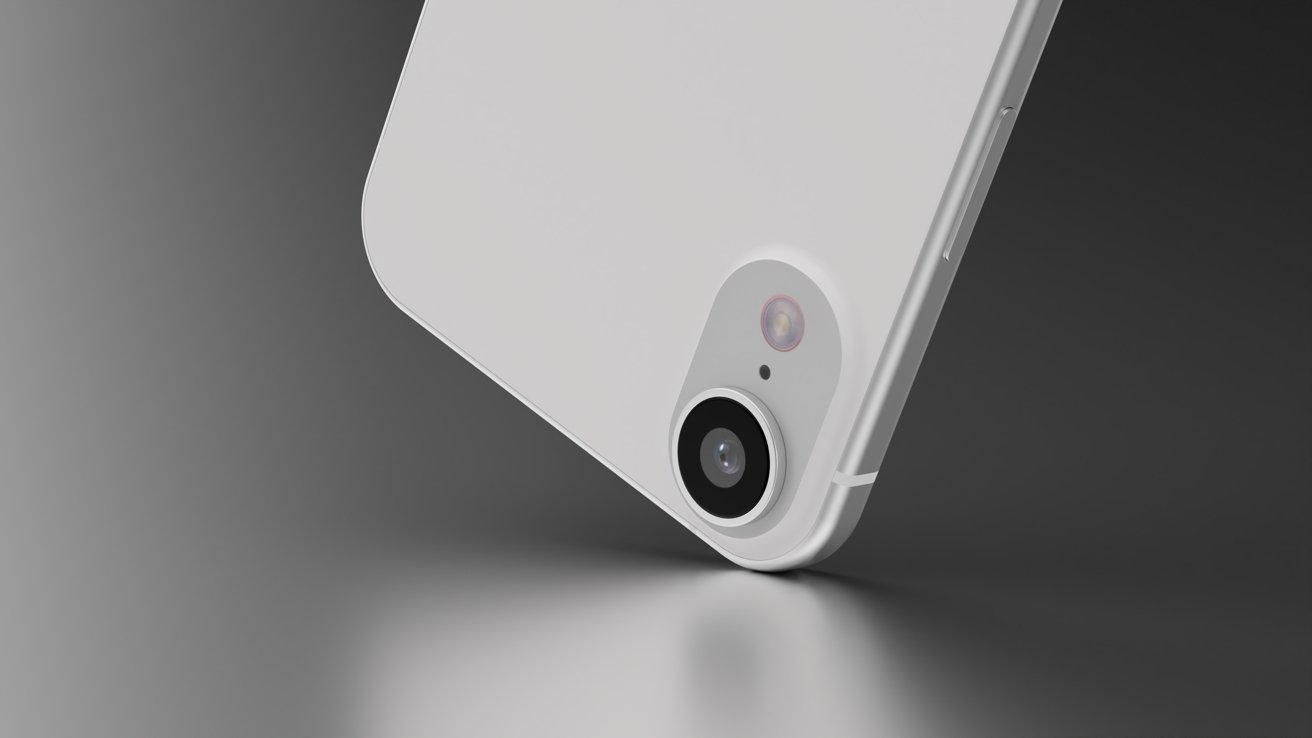 External design changes attract customers that want to show off their new iPhone
External design changes attract customers that want to show off their new iPhone
Any year Apple releases design changes, like the Dynamic Island or new colors, customers react. The more significant the design change, the more likely customers will buy the device simply because they look different.
While a camera bar has some utility, Apple is likely aware that it’s beyond time for a new external design. However, renders don’t seem to be quite doing the potential design justice.
Whatever Apple decides to do with the camera bar design, expect it to be a bit more thought out. The cameras will still stick out more than the camera bar, so the flat surface wobble will remain.
Case manufacturers might be able to utilize the extra space provided by the camera bar in interesting ways. That, plus MagSafe, will likely result in some interesting accessories.
Camera bars can be for more than cameras
Apple will likely do more than just extend the current camera bump to be edge-to-edge. Prosser’s renders show a lot of blank black space encased in glass, which brings a different design possibility to mind.
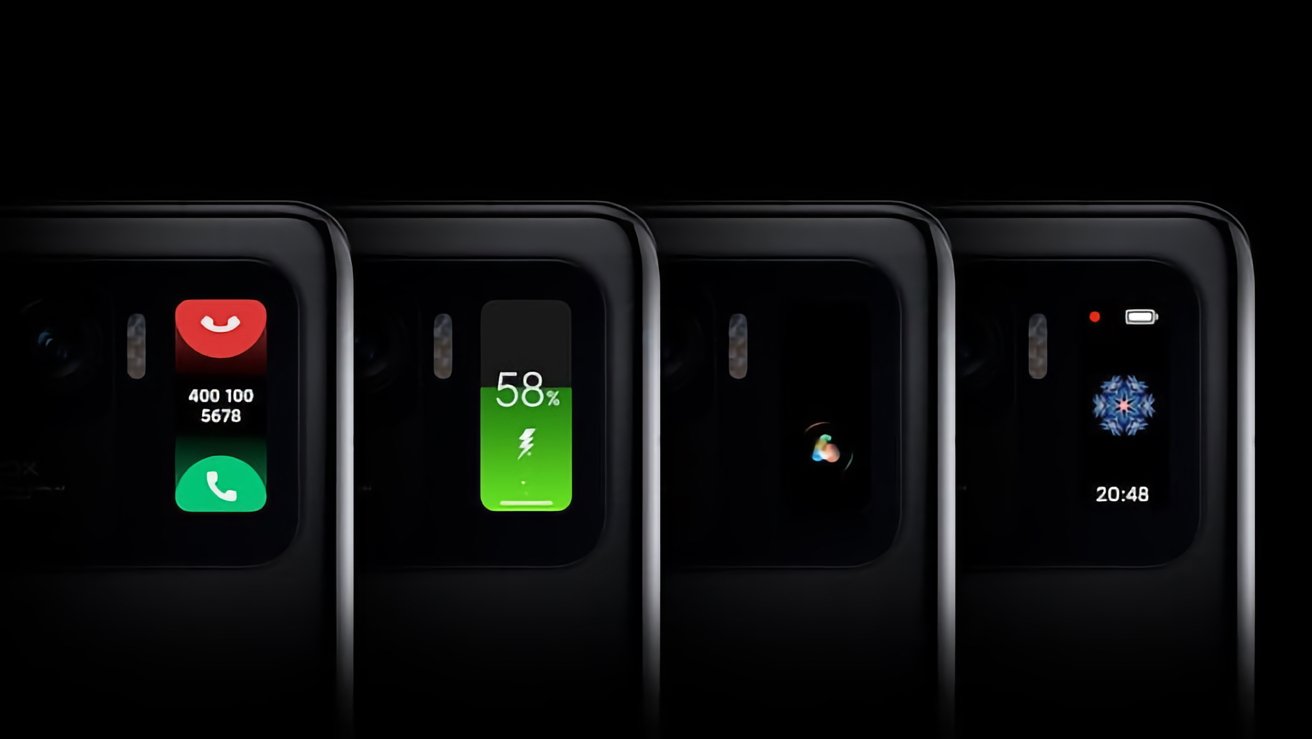 Camera bars have been used for more than just cameras
Camera bars have been used for more than just cameras
Companies like Xiaomi have utilized a camera bar for a while. The Xiaomi Mi 11 even had a small display in the camera bar.
It seems unlikely Apple would add a display to the rear of the iPhone, but it wouldn’t be totally unheard of. Notifications, Live Activities, and widgets could easily utilize the small space.
Externally, it does look like a lot of wasted space, but internally, it likely means having much better components than before. So, that may be enough for Apple to justify the camera bar without slapping a display on it.
Pixel did it
Google introduced a camera bar on the Google Pixel 6 in 2021. It explained that the bar was necessary for advancements in camera technology without sacrificing device thickness.
The company was quite proud of being able to improve the cameras while doing it in what it called a “labor of love.” Google says the camera bar isn’t just practical; it’s sleek and defines the generation’s design.
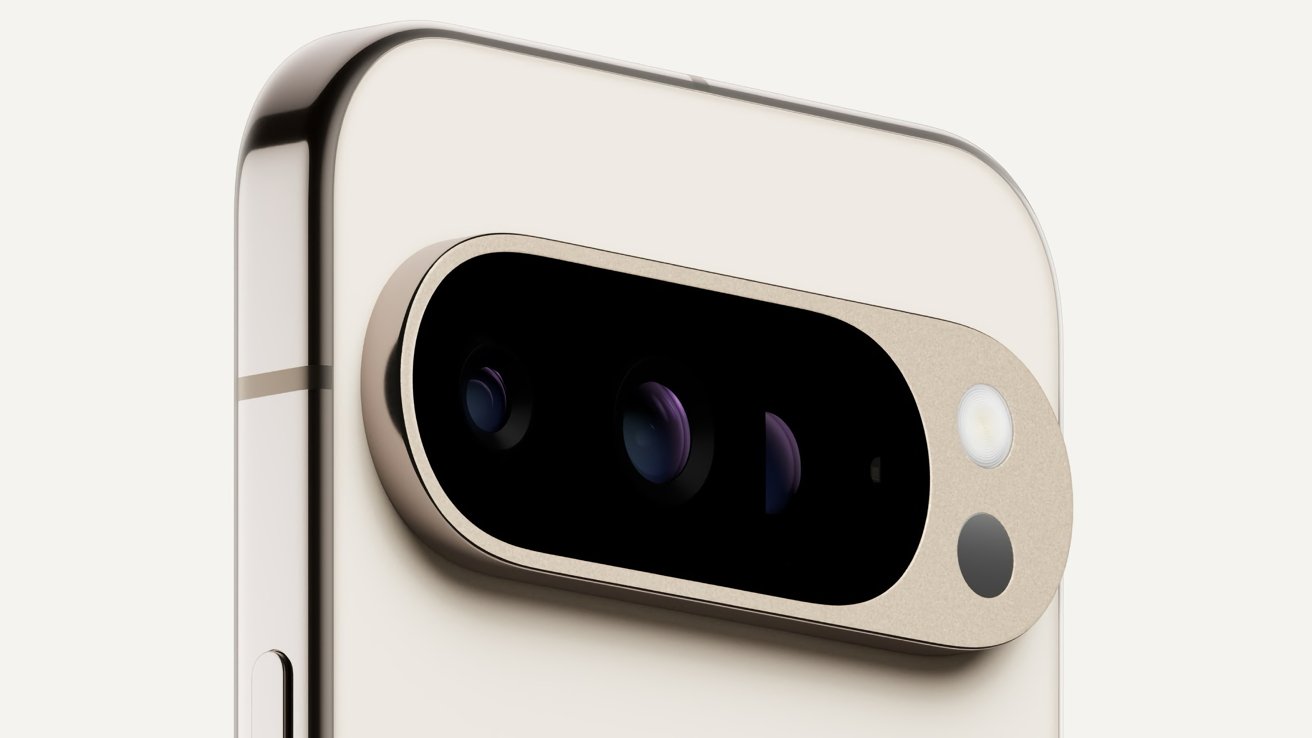 Google Pixel is leaning into the camera bar as a design aesthetic. Image source: Google
Google Pixel is leaning into the camera bar as a design aesthetic. Image source: Google
Apple is likely to take a similar approach in explaining the purpose of the camera bar. While somewhat ugly, a camera bar is practical when dealing with ever-expanding camera needs.
Cameras are limited by physics. Space is needed between lenses and sensors. That goes against manufacturers’ desire for thinner devices.
When Apple released the iPhone and its all-screen interface and home button, Android quickly changed to that approach. Then years of Apple and Samsung chasing each other’s design innovations commenced.
Just like iPhone’s notch was a good solution to maximizing screen real estate, Pixel’s camera bar may be the solution Apple uses to solve its space issue. Only time will tell if this is the direction Apple decides to go in.
Queue the “Pixel did it first” crowd as the classic and never-ending battle between tech tribes continues. Of course, first has never mattered, only implementation.




